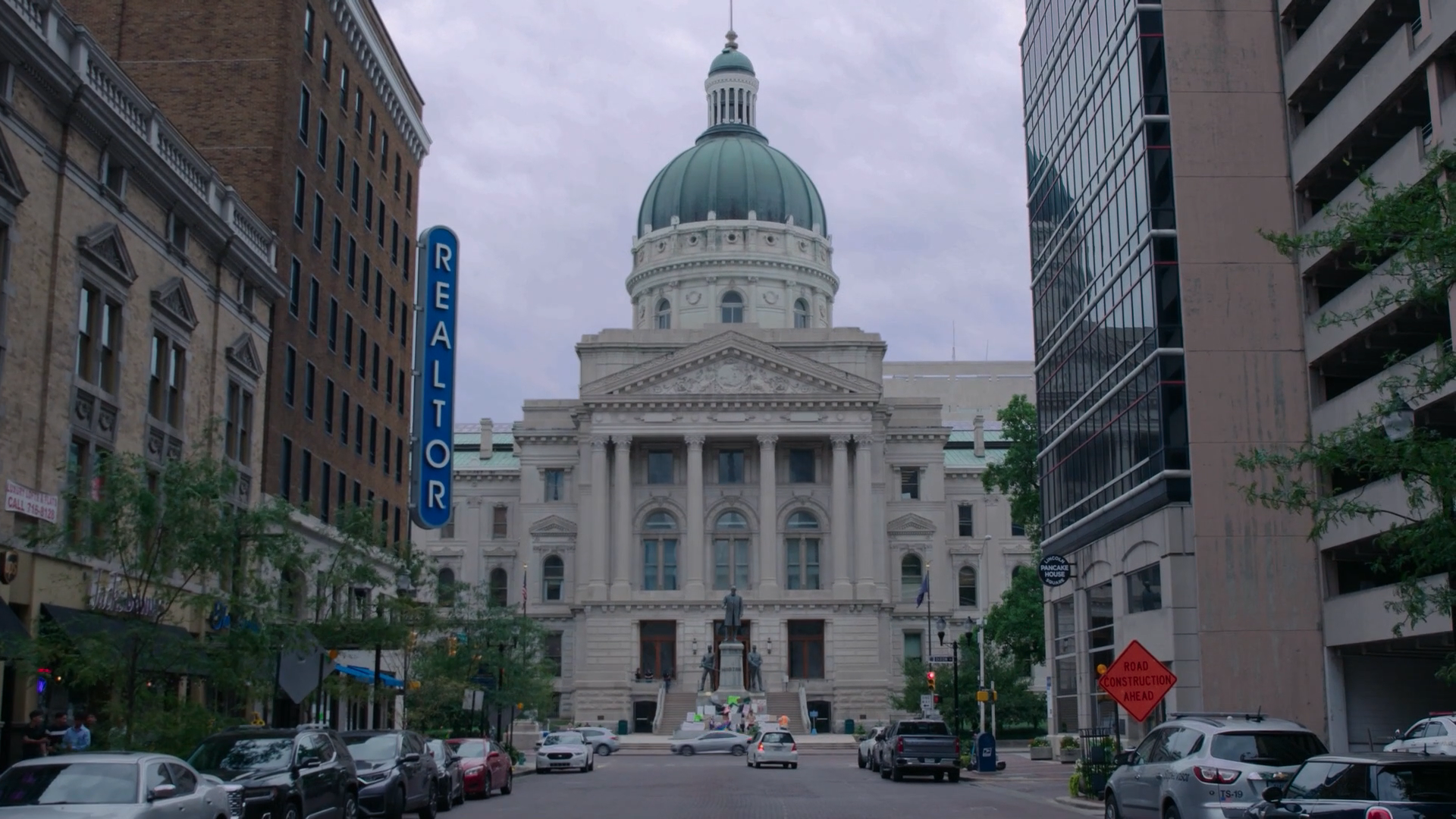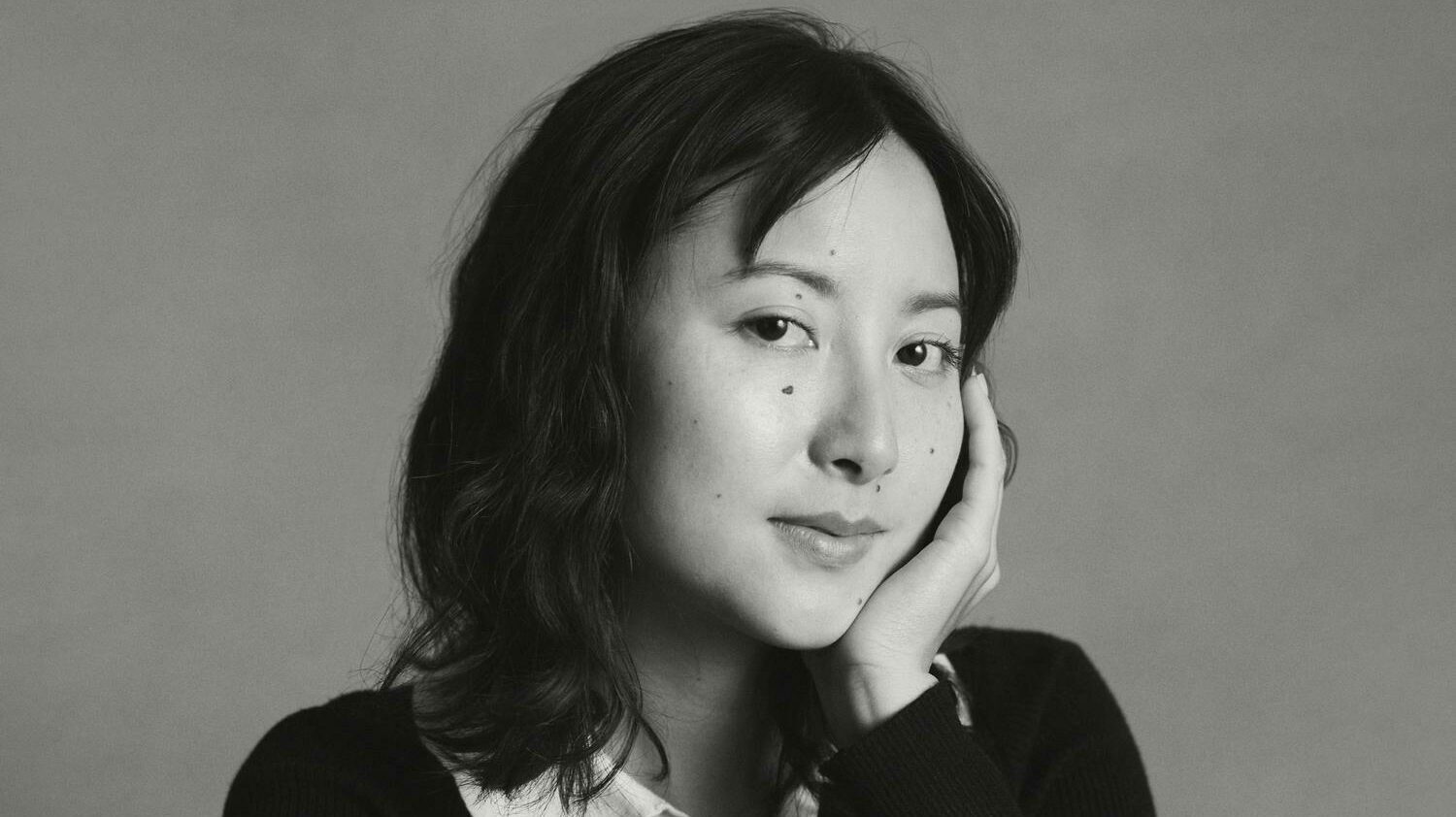In ‘A Little Off the Top,’ a Teen Finds Brotherly Love in a Barber’s Chair
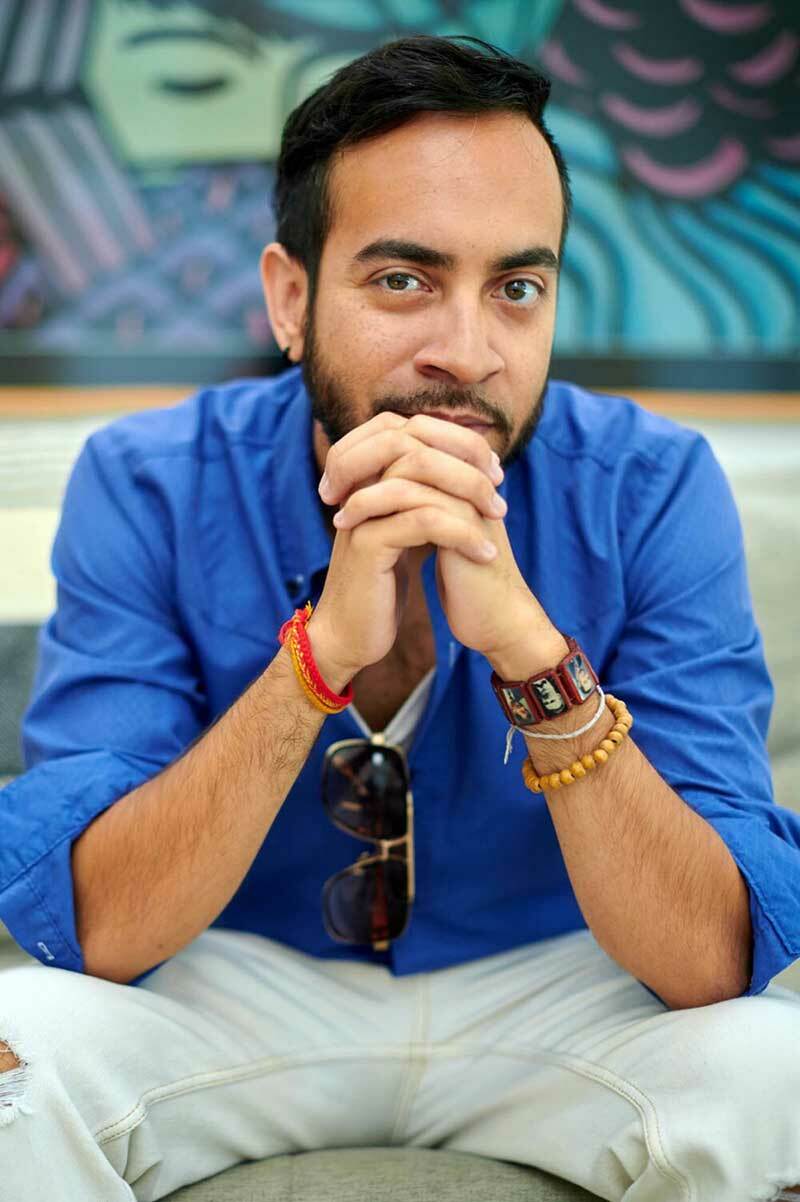
William D. Caballero is a multimedia producer, director, writer, and composer who tells big stories using small figures. Working primarily in the field of filmmaking, featuring miniature 3D composited protagonists, his work examines American and Latino gender/sexuality, and existential identity. His animated short, "A Little Off the Top," finds a teenager discussing a personal disappointment with local elders during a visit to the barbershop. The film was submitted to the PBS Short Film Festival by Black Public Media (BPM). Below are Caballero’s responses to a few questions about the film and his media-making journey.
BPM: You could easily have made "A Little Off the Top" as a traditional documentary short. What informed your decision to pursue it as a 3D animated film? And are there advantages to this form of storytelling that you don’t get when making traditional films?
William: As a digital video artist, I always want my work to push the boundaries of documentary filmmaking and storytelling. Shortly after obtaining my masters degree at NYU in 2008, I noticed how easy it would be for newcomers to obtain affordable camera gear and editing software. On the one hand, it meant more talented people would be easily able to tell their stories, but on the other hand, it meant more competition and conventional documentary storytelling. In order to stand out from the crowd, I wanted my documentary work to have a very unique visual aspect to them, and as such, I’ve been creating animated documentaries for the past 10 years.
It also allows me to create diverse characters using animation, and give them the attention they deserve. "A Little Off the Top" proudly features a cast of photorealistic 3D Black barbers and their teen customer, presenting them in a way that we rarely see in animation. I also wanted this project to have fully animated 3D characters (a first for my documentary projects), which meant a lot more time was needed to craft each scene alongside my 3D animation director Brad Jones. But the end result was one that really challenged me creatively. It’s this constant push to challenge myself that makes me yearn to keep creating new projects in new visual ways.
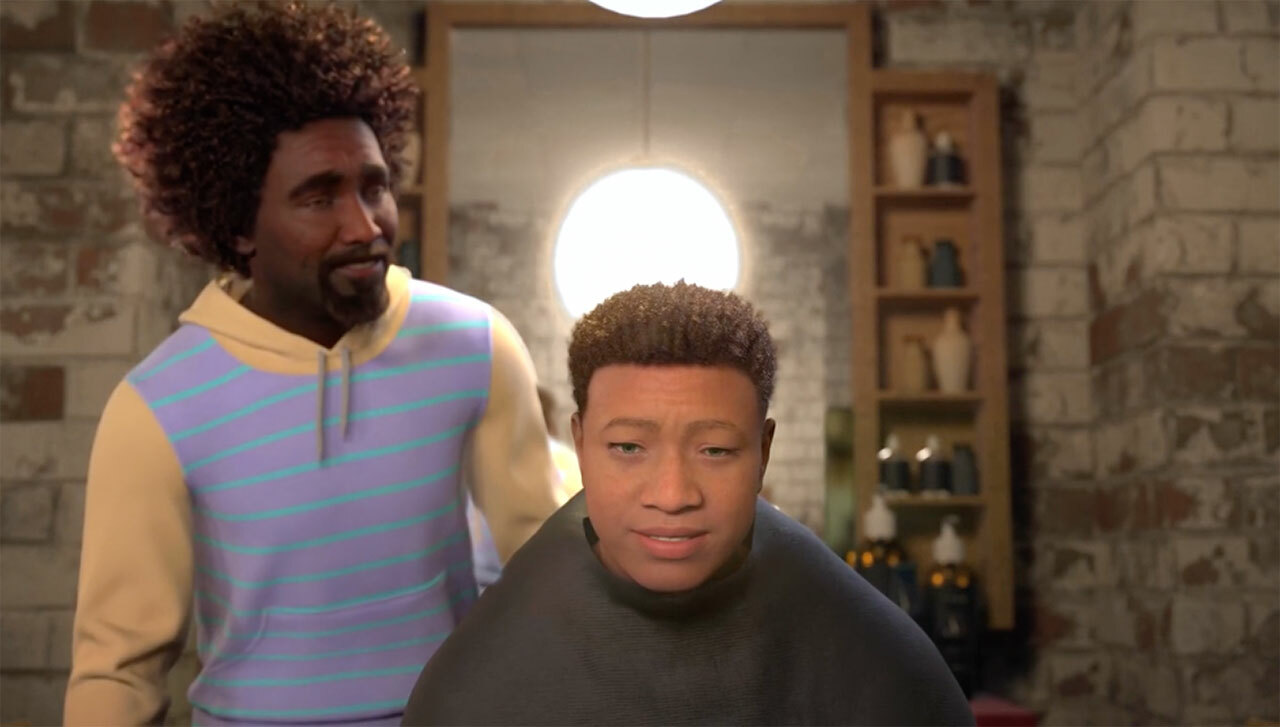
BPM: Barber shops are foundational fixtures in the social lives of African American men. As your film opens, viewers are informed that the conversation they’re about to witness was recorded in a real barbershop. Why was it important to you that the story not be scripted?
William: To be honest, in all my hubris, I originally wrote a script for this short film. However, within the first three pages, I quickly noticed that as a Puerto Rican man, I could not authentically tell the story of Black barbershop culture. Everything I wrote came across as generic, lacking in soul and any real cultural sensitivity. I did bring on a Black writer, but since he also lacked any experience working in barbershops, I ultimately abandoned his script too.
It wasn’t until my artist residency at McColl Center in Charlotte, North Carolina, in Fall 2021, that I finally had an idea to visit a local black barbershop, and craft a story alongside real barbers and one of their teen customers. I knew how I wanted the story to flow and the narrative beats the story had to hit, but I let the barbers fill in the blanks. This unscripted approach allowed them to speak passionately of the work they do, and their role as unofficial therapists, counselors, and stewards to their customers. The result was a very enriching five hour recording session that blended documentary AND narrative, allowing my subjects to become active participants in a project based on their own experiences.
BPM: Authentic Black and Latinx stories are still a relatively new phenomenon in the animation world. What advice would you give to other BIPOC documentary filmmakers who are considering exploring the possibilities of storytelling via animation?
William: I would tell them that animation, while requiring a high level of patience and skill, is one of the best ways to tell stories of the BIPOC experience. We rarely see people of color in animation (both on and off screen), so there is much room for more voices. I’m a huge technology nerd, and love the many entry points in animated storytelling. You can tell stories using conventional 2D hand drawn animation, stop motion, 3D printing, puppetry, experimental techniques, etc. Just believe in yourself and your vision. Don’t feel afraid to learn along the way. There’s room here for BIPOC people to really discover themselves and animation needs more of us.
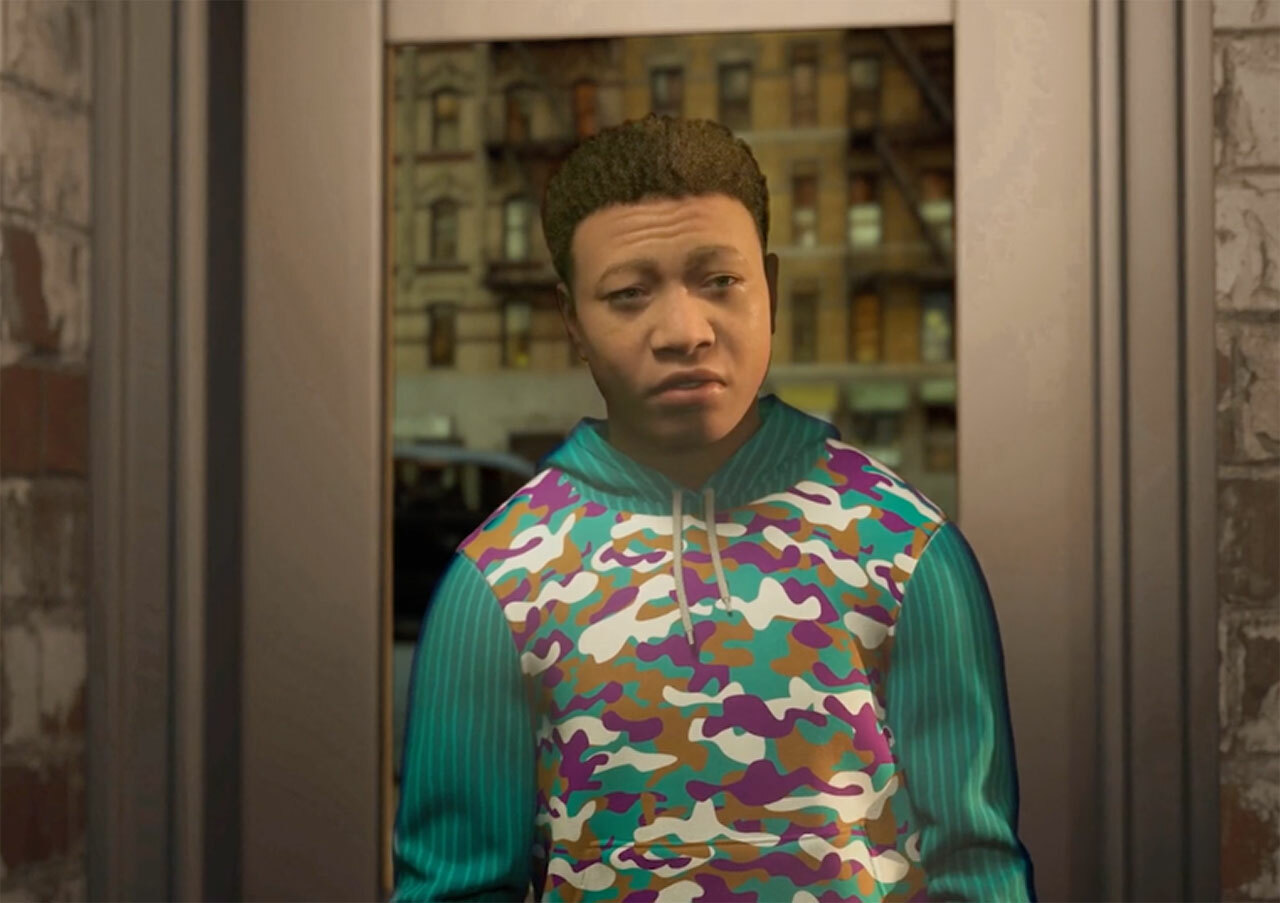
BPM: Black Public Media has a 44-year history of supporting Black media makers. How has BPM contributed to your career journey?
William: As a Puerto Rican, I was very humbled to receive funding from BPM. They were extremely patient with me as I stumbled in the beginning, giving me time to find the perfect visual and narrative approach to the story, and gave me room to really craft something quite special.
The staff at BPM contributed to my creative journey by allowing me to try my hand at something new in work: creating fully animated and lip-synced characters. They knew my team and I needed time to figure out this new workflow and gave us the extra time we needed to craft something that we would feel proud of. I will take this experience and knowledge gained with me for future projects.
BPM: What does it mean to you to have this film featured in the PBS Short Film Festival and what do you want audiences to take away from "A Little Off the Top"?
William: My animated short doc "Chilly & Milly" won the Jury Award at last year’s PBS Short Film Festival. It feels great returning again for a second year with this new project. PBS has been a wonderful platform for my work. I hope that viewers of "A Little Off The Top," walk away understanding how Black barbershops serve as sanctuaries to Black men. I hope they also see how important it is for young BIPOC people to hear the wisdom of older BIPOC people, and how important community is for all of us.
A Little Off the Top

About the Author
More like this
Visit the Behind The Lens Blog
